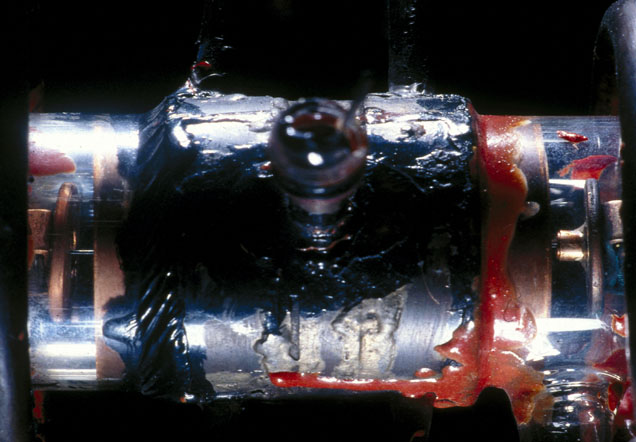Each day as part of the Great British Innovation Vote – a quest to find the greatest British innovation of the past 100 years – we’ll be picking one innovation per decade to highlight. Today, from the 1940s, the cavity magnetron.
You might wonder what the humble microwave oven, University of Birmingham and changing the course of World War II have in common. The answer: the cavity magnetron.
John Randall and Harry Boot invented a prototype cavity magnetron – a device used to generate microwaves – in 1940 at the University of Birmingham, but the UK lacked the funds and manufacturing resources for large scale production. In an extraordinary gesture, Winston Churchill offered the magnetron (a smaller, more power design than anything else available) to the USA in exchange for financial and industrial support.

It was, in the words of one American historian, “the most valuable cargo ever brought to our shores,” and by early 1941, mass production had enabled portable airborne microwave radar systems to be fitted to American and British aircraft. Vastly superior to the rival German systems, the cavity magnetron gave the Allies a considerable advantage, directly influencing the outcome of the war.
This British innovation, one of the most significant to be developed during World War II, is now found across the world inside microwave ovens. Vote here for the cavity magnetron as the greatest British innovation.